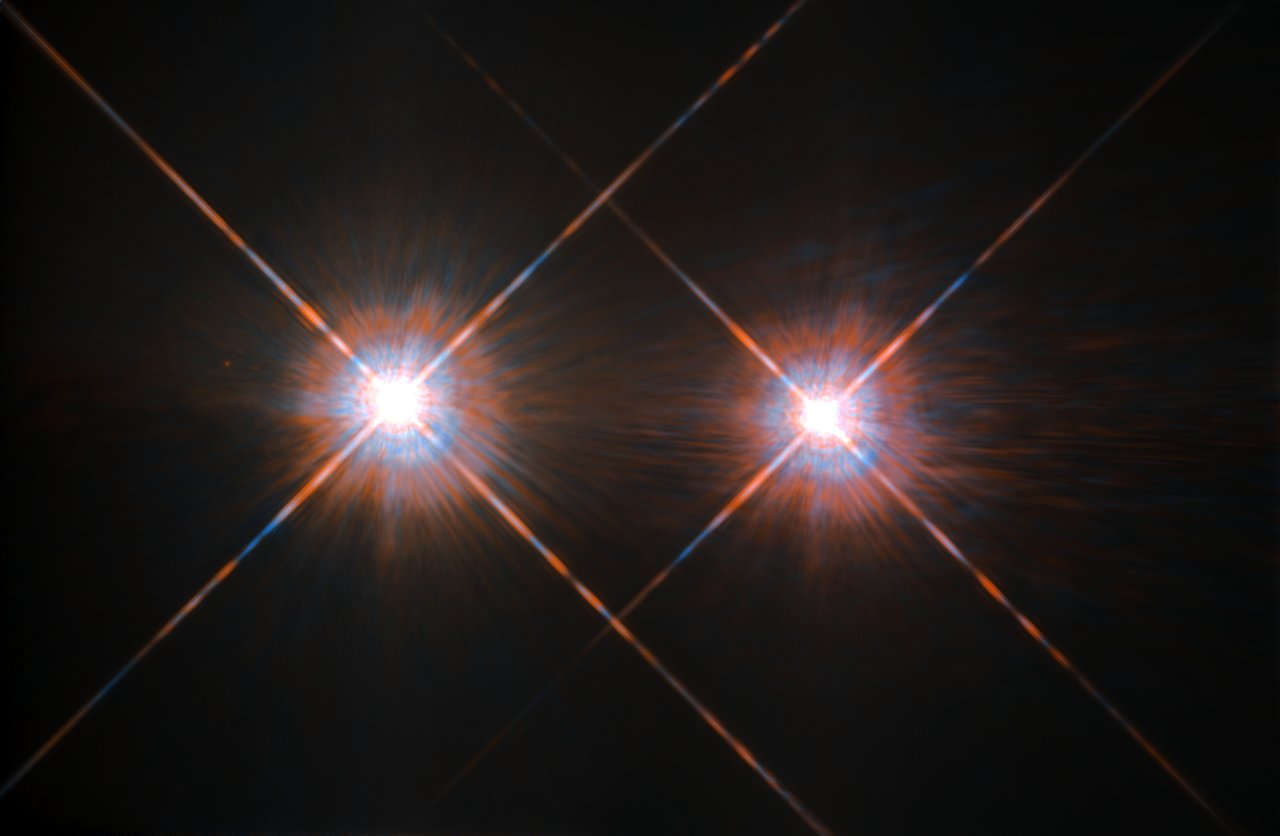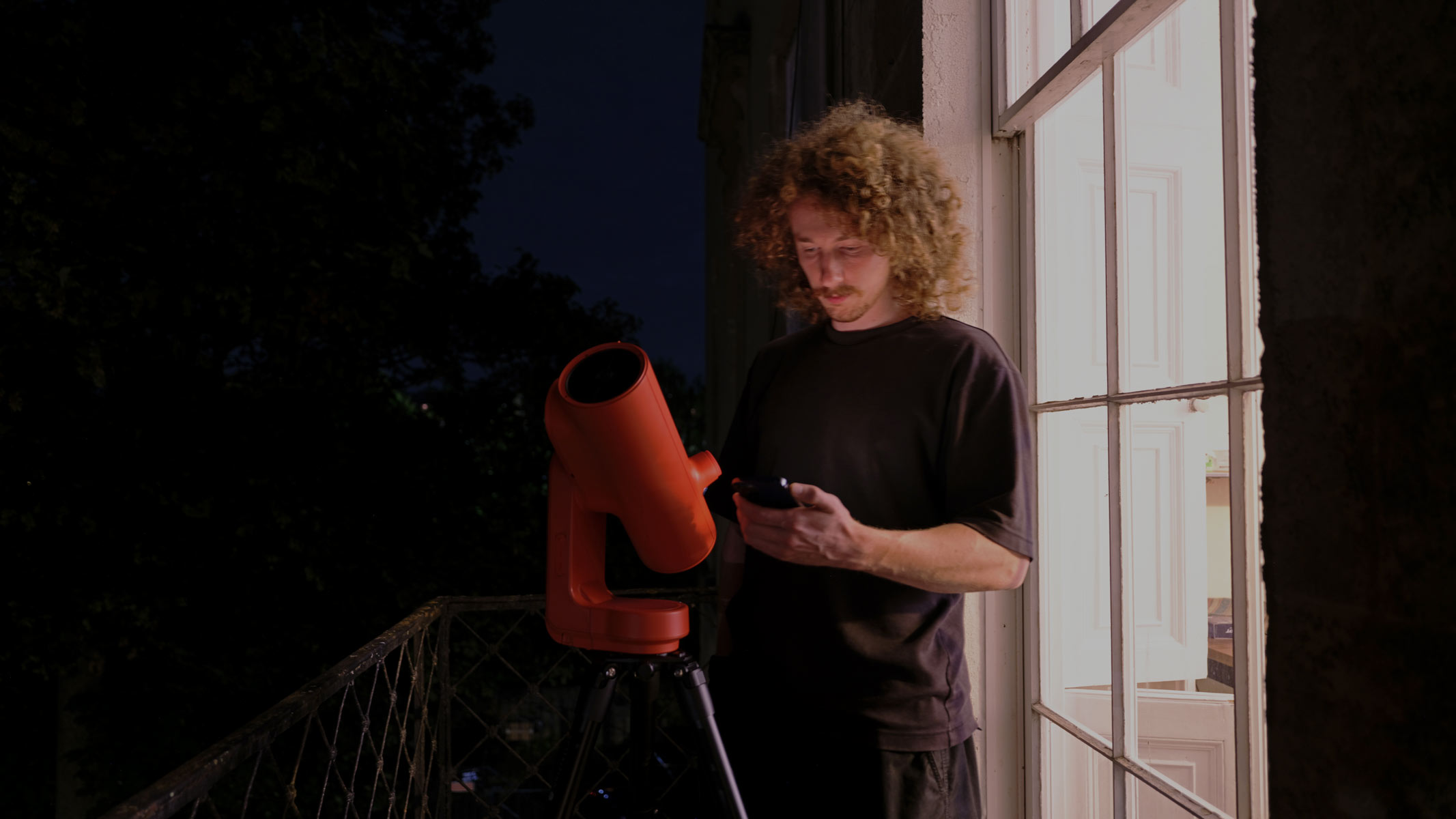
Seeking Alpha Centauri Planets, Researchers Welcome Multiple Efforts

Project Blue contributed this article to Space.com's Expert Voices: Op-Ed & Insights.
It's always an exciting time to be involved in space exploration, and 2017 has already proved to be no exception. At Project Blue, we're on a mission to find and photograph an Earth-like planet around Alpha Centauri — and as you probably saw in the news recently, we're not the only ones with that ambitious goal. Breakthrough Initiative, a private organization aimed at looking for other life, announced it also wants to search for planets in Earth's neighboring star system, and that group will tap the best telescopic technology in Chile in hopes of doing so.
You might wonder how this affects plans at Project Blue, or why Breakthrough Starshot is using infrared instead of visible-light imaging. The answer is that we have so much to learn about the Alpha Centauri system, which is Earth's closest neighbor in space, and different imaging techniques can reveal different things.
Breakthrough Starshot plans to use ground-based telescopes imaging in thermal infrared (detecting wavelengths of 10 microns). The group will work in collaboration with the European Space Observatory to retrofit and upgrade the Very Large Telescope in Chile. Our own plan at Project Blue is to launch a small telescope the size of a washing machine into low Earth orbit and capture a direct image of Alpha Centauri using visible light. Together, these methods can help paint a more complete picture of a planet that might exist around the star. [New Telescope Aims to Image Planets Around Alpha Centauri (Video)]
Here's a more detailed breakdown of relevant imaging techniques and what they can add to the scientific understanding of the Alpha Centauri system:
- Imaging with ground telescopes in infrared: This direct-imaging method is the one Breakthrough Initiatives is using. It needs to be done at 10 microns (the wavelength of light at which the picture is taken) with an 8-10-meter (26 to 33 feet) ground telescope. This technique uses infrared light to help capture images of the thermal emissions that come from far-off stars and can pass through dust, gas and Earth's atmosphere (although at a lower resolution).
- This technique is a much less expensive way to capture an image than using a space-based observation. However, there are significant technological challenges, because the performance needs to exceed what's been possible to date.
- Space-based astrometry: As you can guess from its name, this method requires launching a telescope into space. The instrument measures the wobble of a star's position in the sky caused by a planet's presence. Although this method doesn't produce an image, it does measure the mass and orbit of the planet. A potential Earth-like planet around Alpha Centauri is expected to be around one-half to twice the diameter of Earth.
- Direct imaging with visible light: Like infrared imaging from the ground, this technique produces a direct image of the planet. Unlike infrared imaging, however, the method can provide a true-color image — think the pale blue dot image of Earth that Carl Sagan described.
- Using such an image, scientists can gather information on whether a planet has an atmosphere with oxygen, along with other data complementary to infrared imaging. In some ways, visible-light imaging is easier than imaging in infrared. The image resolution is better in visible light, enabling the use of a much smaller telescope. However, there are some challenges. The brightness difference between the star and the planet is greater, for example, which requires a space telescope to distinguish between the two bodies.
Of these methods, we focused on direct imaging, because we think it can provide the most complete information about a planet's composition. And thanks to recent technology, the cost is well within reach for a midsize space mission. Not to mention, we believe the human and emotional appeal of a visible-light photo would inspire the world and could change the course of space exploration.
Nevertheless, the Project Blue team couldn't be more excited to see Breakthrough Initiative's latest announcement. The discovery of Proxima b, a planet around the nearby star Proxima Centauri, led to increased interest in exploring Alpha Centauri. Similarly, researchers finding and imaging other planets in that star system will certainly spark continued interest in searching for other Earths and in developing new ways to do so.
Breaking space news, the latest updates on rocket launches, skywatching events and more!
Ultimately, researchers will use a combination of imaging tools to find and learn about nearby planets. We're thrilled to see a project like this that could advance humanity's understanding of its closest stellar neighbor.
Follow us @Spacedotcom, Facebook and Google+. Original article on Space.com.
Join our Space Forums to keep talking space on the latest missions, night sky and more! And if you have a news tip, correction or comment, let us know at: community@space.com.
